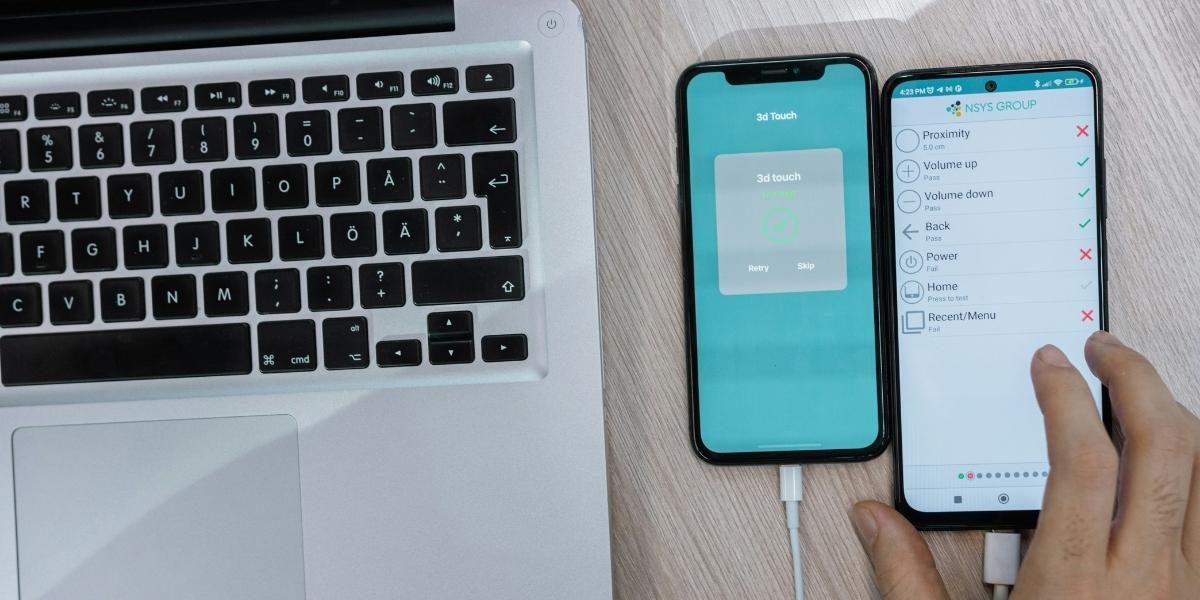The Smartphone Showdown: iOS vs. Android – Navigating the Ecosystem Divide
The debate between iOS vs. Android has long been a central topic in the world of smartphones. For many, choosing between the two operating systems is more than just about picking a phone—it shapes their daily digital experience. Both iOS and Android dominate the mobile market, each offering distinct philosophies, features, and ecosystems. This article dives into the key differences, helping users navigate the divide between these two giants.
Read Also: The Power of Music in Bridging Cultural Divides
Operating System Philosophy
The philosophy behind iOS vs. Android couldn’t be more different. Apple’s iOS embraces a closed ecosystem, where both software and hardware are tightly controlled and integrated. This creates a uniform experience across all devices and ensures a high level of consistency and simplicity. The primary goal of iOS is to offer a seamless and intuitive user experience with minimal friction.
In contrast, Android operates on an open-source platform, which provides manufacturers with the flexibility to create a wide range of devices. This open nature allows for greater customization and personalization of the operating system. Android prioritizes flexibility and adaptability, allowing users to alter nearly every aspect of their phone, from the home screen to system settings.
User Interface and Experience
When comparing iOS vs. Android, the user interface is one of the most noticeable differences. iOS offers a clean, streamlined interface with a consistent design language across all apps. The iPhone’s home screen is uniform and organized, with app icons in fixed grids. Navigating through the operating system is straightforward, with gestures and icons placed for ease of use.
Android, on the other hand, offers a more flexible approach to design. Users can customize their home screens with widgets, themes, and app icons that can be resized and repositioned. Android’s interface allows for a more personalized experience, which can appeal to those who enjoy tweaking settings and making their phone truly their own. Navigation paradigms also differ: Android uses the familiar three-button navigation (back, home, and multitask), while iOS employs a gesture-based system that eliminates physical buttons.
Hardware and Ecosystem
The iOS vs. Android debate extends to hardware as well. Apple’s iOS devices are exclusively tied to Apple hardware, such as the iPhone, iPad, and Mac. This tight integration between software and hardware allows Apple to maintain a high level of quality control, optimizing performance across devices. As a result, iOS devices tend to offer a polished, consistent experience.
Android, however, is supported by a diverse array of manufacturers, such as Samsung, Google, OnePlus, and Xiaomi. This diversity offers users a wide range of options in terms of design, features, and price. The downside, however, is that the experience can vary greatly depending on the device you choose. High-end Android phones offer excellent performance, but budget devices may not have the same level of refinement.
Both ecosystems also have their app stores: the App Store for iOS and Google Play Store for Android. The App Store is known for its rigorous app review process, ensuring that apps meet high standards. The Play Store, while offering a larger variety of apps, is sometimes criticized for allowing lower-quality or potentially harmful apps. Both platforms also provide a variety of cloud services, such as iCloud for iOS and Google Drive for Android, ensuring users can back up their data and sync it across devices.
App Availability and Quality
In the iOS vs. Android comparison, app availability and quality can also be a deciding factor. Both the App Store and Google Play Store offer millions of apps, but there are distinct differences. Generally, apps on iOS tend to be released first and often feature better optimization due to the limited number of devices that run iOS. Developers typically prefer to launch apps on iOS first, knowing the user experience will be consistent across all devices.
Android, being more open, supports a wider variety of devices, meaning that apps must be optimized for a much broader range of hardware. This can sometimes lead to issues with app performance, especially on lower-end Android phones. Furthermore, Android’s open nature means there are more platform-exclusive apps, and users can sideload apps from third-party sources if they choose.
Privacy and Security
Privacy and security are key considerations when choosing between iOS vs. Android. Apple’s iOS has long been known for its strong privacy and security measures. Apple’s closed ecosystem means it has more control over what apps can access on the device, and the company has implemented several privacy features, such as App Tracking Transparency, to give users greater control over their data.
Android, while also offering a range of security features, has historically been more vulnerable to malware due to its open nature. The ability to sideload apps from third-party sources, while giving users more flexibility, also exposes them to potential risks. However, Google has made strides to improve security on Android, with regular updates and built-in features like Google Play Protect to scan apps for malicious behavior.
Customization and Flexibility
When it comes to iOS vs. Android, Android reigns supreme in terms of customization. The open-source nature of Android allows users to modify the operating system to suit their preferences. This includes the ability to change the home screen layout, install custom ROMs, and even change the default apps for key functions, such as the web browser or messaging app.
iOS, by contrast, offers a more streamlined and curated experience. While iOS has made strides in recent years to allow for more customization, such as widget placement and home screen adjustments, it still maintains a relatively uniform look across devices. Apple’s philosophy is to provide a more controlled environment to ensure a consistent and polished user experience.
Pricing and Accessibility
In the iOS vs. Android debate, pricing is often a significant factor. iOS devices, especially iPhones, tend to be positioned in the premium segment, with high price points that reflect their build quality, performance, and features. While Apple does offer a lower-cost option with the iPhone SE, most iOS devices remain premium-priced.
Android, on the other hand, offers a much wider range of devices at various price points, from budget phones to flagship models. This makes Android more accessible to a broader range of consumers. However, the trade-off is that lower-end Android phones may not offer the same level of performance or longevity as their iOS counterparts.
Integration with Other Devices and Services
Both iOS vs. Android offer seamless integration with other devices and services. iOS is deeply integrated with the broader Apple ecosystem, allowing users to easily sync their devices across iPhones, iPads, Macs, Apple Watches, and Apple TVs. Features like Handoff, AirDrop, and iCloud make it simple to switch between devices and keep everything in sync.
Android, while not as tightly integrated with a single manufacturer, offers excellent integration with Google’s ecosystem. Android users can seamlessly access Google services such as Gmail, Google Drive, and Google Photos across multiple devices. Additionally, Android devices work well with a wide range of third-party smart home devices, from smart speakers to home security systems.
Read Also: Why Combining Hobbies Can Unlock New Creative Opportunities
The choice between iOS vs. Android ultimately comes down to personal preference and priorities. iOS offers a more consistent and streamlined experience, ideal for users who value simplicity, security, and integration with other Apple devices. Android, with its open-source nature and vast range of devices, offers unparalleled customization, flexibility, and pricing options. Both ecosystems have their strengths and weaknesses, and the right choice depends on what matters most to the individual user.







